
Understanding crows feet: Causes, prevention, and treatments
Crow's feet are wrinkled around the corners of your eyes. They can show up for several reasons, such as excessive sun exposure and facial expressions that squeeze your eyes.
While you can't stop them completely, it is possible to make them better. There are professional treatments available to make them less noticeable. This article will help you explore the steps you can take to improve the condition of your crow's feet.
What Are Crow's Feet?
Crow's feet are the small wrinkles around the corners of your eyes. They are called crow's feet because they look like the thin lines a crow's feet make in sand or snow.
As you age, your skin gets thinner and loses some elasticity. This means it doesn't bounce back to the original state after you make facial expressions while smiling or squinting. Over time, these expressions can cause tiny wrinkles around your eyes that don't disappear.
Crow's feet tend to start in the mid-30s but can happen sooner or later based on genes and lifestyle habits like sun exposure and smoking. You can't stop them completely, but taking good care of your skin and not squinting or frowning too much can help minimise them. Moisturisers, eye creams, and staying hydrated can also help keep this delicate eye area smoother for longer.
What Are the Causes of Crow's Feet Wrinkles?
Several factors contribute to the formation of crow's feet over time:
Sun Exposure:
UV radiation from the sun can break down collagen and elastin fibres in your skin. This can cause the skin around the eyes to lose elasticity and become prone to wrinkling. Squinting in bright sunlight can also lead to repeated contraction of the eye muscles, contributing to the crow's feet.
Facial Expressions:
Frequent facial movements involving the eye area, such as smiling, frowning, squinting, or laughing, can lead to repeated creasing of the skin. Over time, those creases can become permanent wrinkles. They are also known as expression lines.
Genetics:
Your genes can determine how quickly you show the signs of crow's feet. For example, if your parents had prominent crow's feet early on, you are genetically predisposed to develop the condition sooner.
Smoking:
Chemicals in cigarette smoke can degrade important skin proteins like collagen and elastin, accelerating eye wrinkles. Squinting to keep out smoke can also contribute to these wrinkles.
Dehydration:
Lack of fluids can cause skin dryness, which can further lead to loss of elasticity. Keeping the skin around your eyes well-moisturised can help you minimise wrinkles.
Poor Diet:
Inadequate intake of antioxidants, healthy fats, and vitamins A, C, and E can leave your skin more vulnerable to UV and free radical damage, which can speed up wrinkle formation.
Crow's Feet Treatment
While crow's feet cannot be eliminated, skin care, cosmetic dermatology treatments, and preventative lifestyle measures can significantly improve their appearance.
Skincare and Lifestyle Approaches
The following skincare and lifestyle approaches can come in handy.
Protect Your Skin From the Sun:
Wearing SPF 30 (or higher) sunscreen daily, wearing UV-blocking sunglasses, and limiting excessive sun exposure can help prevent UV damage that ages the skin. The Pink Foundry's Dewy Hydrating Hybrid Sunscreen offers a hybrid blend of 6 mineral and chemical UV filters.
Also read: 6 Ways to Protect your Skin from Sun Damage
Moisturise Diligently:
Using moisturisers with hydrating ingredients like hyaluronic acid and applying eye creams in the morning and at night can help hydrate your skin and reduce the appearance of lines. For best results, use The Pink Foundry's Waterlight Gel Moisturiser with Hyaluronic Acid.
Gently Cleanse:
A gentle cleanser without soap or alcohol can help preserve your skin's moisture barrier near the delicate eye areas.
Apply Retinoids:
With regular use, you can use over-the-counter or prescription retinoids to boost collagen production and smoothen your existing crow's feet condition. Consider starting slowly at first to avoid irritation.
Get Enough Sleep:
Aim for 7-9 hours per night to fully repair and restore your skin. Sleeping on your back or side is also the best way to prevent sleep lines.
Stay Hydrated:
Drink plenty of water and eat foods with high water content to keep your skin supple and prevent dryness and irritation around the eyes.
Also read: How to Keep Skin hydrated: Tips For Hydrating Skin
Wear Sunglasses:
Blocking UV exposure outdoors with wraparound sunglasses can help prevent squinting and frowning, which can lead to crow's feet over time.
Check Your Facial Expressions:
Being mindful of expressions like squinting and frowning can help you prevent etching lines deeper around the eyes.
Professional Treatments
For more dramatic improvements in the appearance of your crow's feet and wrinkles, consult your dermatologist about the in-office treatment options. Notable options include:
Neurotoxins:
Injecting small amounts of purified botulinum into the crow's feet can temporarily relax the muscles, causing repetitive squinting or frowning. The results can typically last 3-4 months.
Dermal fillers:
Hyaluronic acid fillers like Restylane can plump the indented wrinkles around your eyes. The results could last an average of 6-12 months before you need a further touch-up.
Laser resurfacing treatments:
Ablative and non-ablative lasers can help remove your outer skin layers to stimulate new collagen growth and get better-looking skin around the eyes. The cost and results can vary by the laser type one selects for treatment.
Chemical peels:
Glycolic, salicylic, and TCA peels can exfoliate your skin's top layers to reveal newer skin and minimise the appearance of fine lines around your eyes. You might need multiple treatments to get the desired results.
Microneedling:
Tiny needles create controlled micro-injuries to your skin near the eyes. This can stimulate collagen and elastin production to smooth and tighten your crow's feet. Multiple treatments over time can provide you with optimal results.
How to Prevent Crow's Feet
While some genetic susceptibility to crow's feet is not under your control, there are preventative measures you can take to help delay and minimise the severity of your crow's feet condition. Here is an essential routine you can follow that can help you defend, treat, and prevent crow's feet.
Morning:
- Cleanse your face with a sensitive skin jelly cleanser.
- Apply Vitamin C eye revival cream.
- Follow up by applying a brightening moisturiser.
- Apply a broad-spectrum SPF 30 sunscreen.
Evening:
- Remove your makeup with biphasic makeup remover.
- Cleanse your face with a sensitive skin jelly cleanser.
- Apply a retinol eye cream.
- Follow with an anti-ageing night cream. You could consider an overnight replenishing cream.
- Finish your day with a Vitamin C+E eye revive cream.
Follow this daily routine diligently. With regular effort, you can defend your eye area against collagen breakdown, dryness, and oxidative stress. Do not forget your sunglasses while going outdoors, and aim for 7-9 hours of healthy sleep to give your skin the best chance to regenerate overnight.
Conclusion
While avoiding crow's feet altogether is unrealistic, understanding what causes them can make it possible for you to delay their onset and minimise their appearance. Daily SPF, hydration, using retinoids, and being mindful of your facial movements can all help you deter crow's feet condition in the long run.
Professional treatments like Botox and dermal fillers can also provide desirable short-term improvements. With diligent prevention and treatment, smooth-looking eye areas can be maintained for years to come.





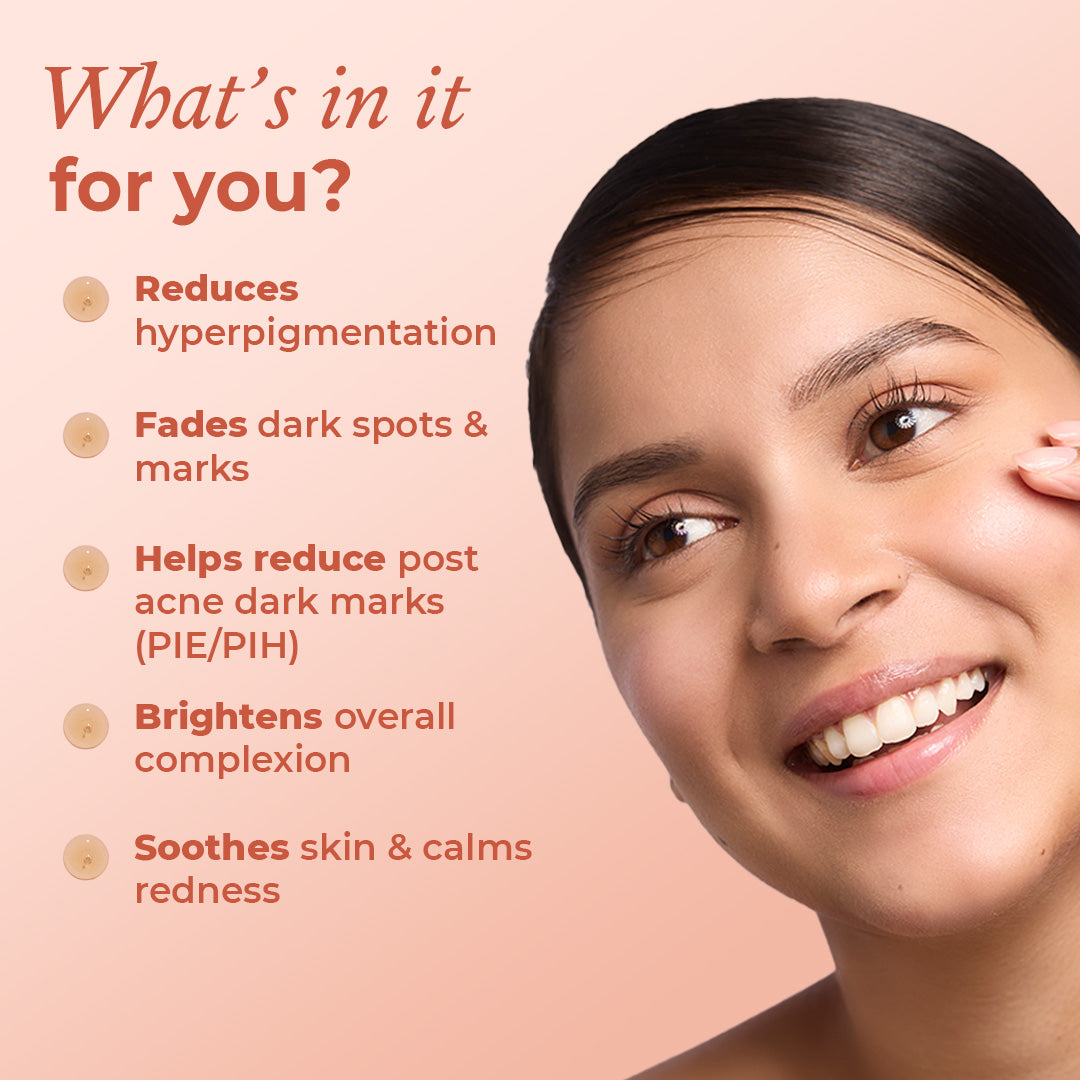

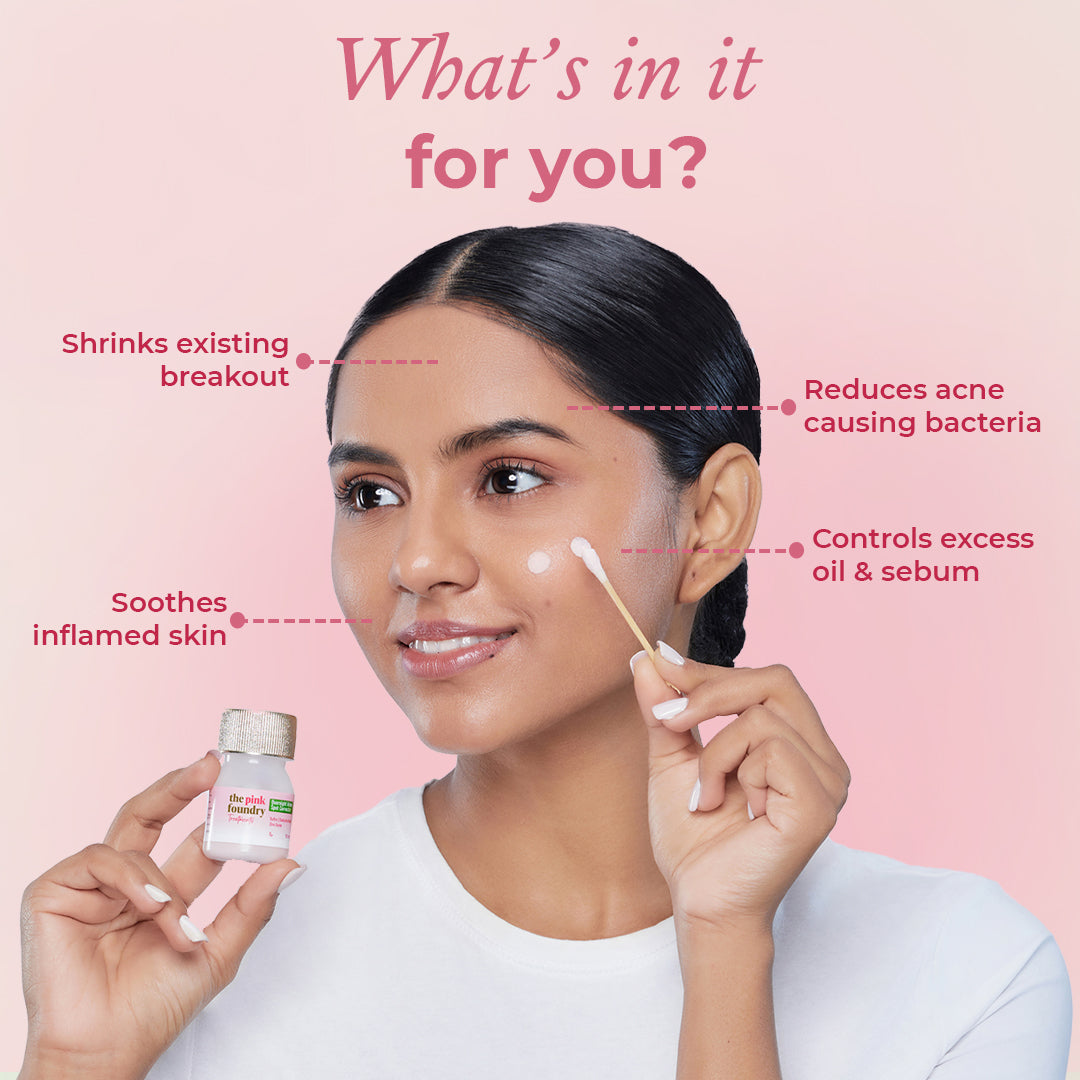
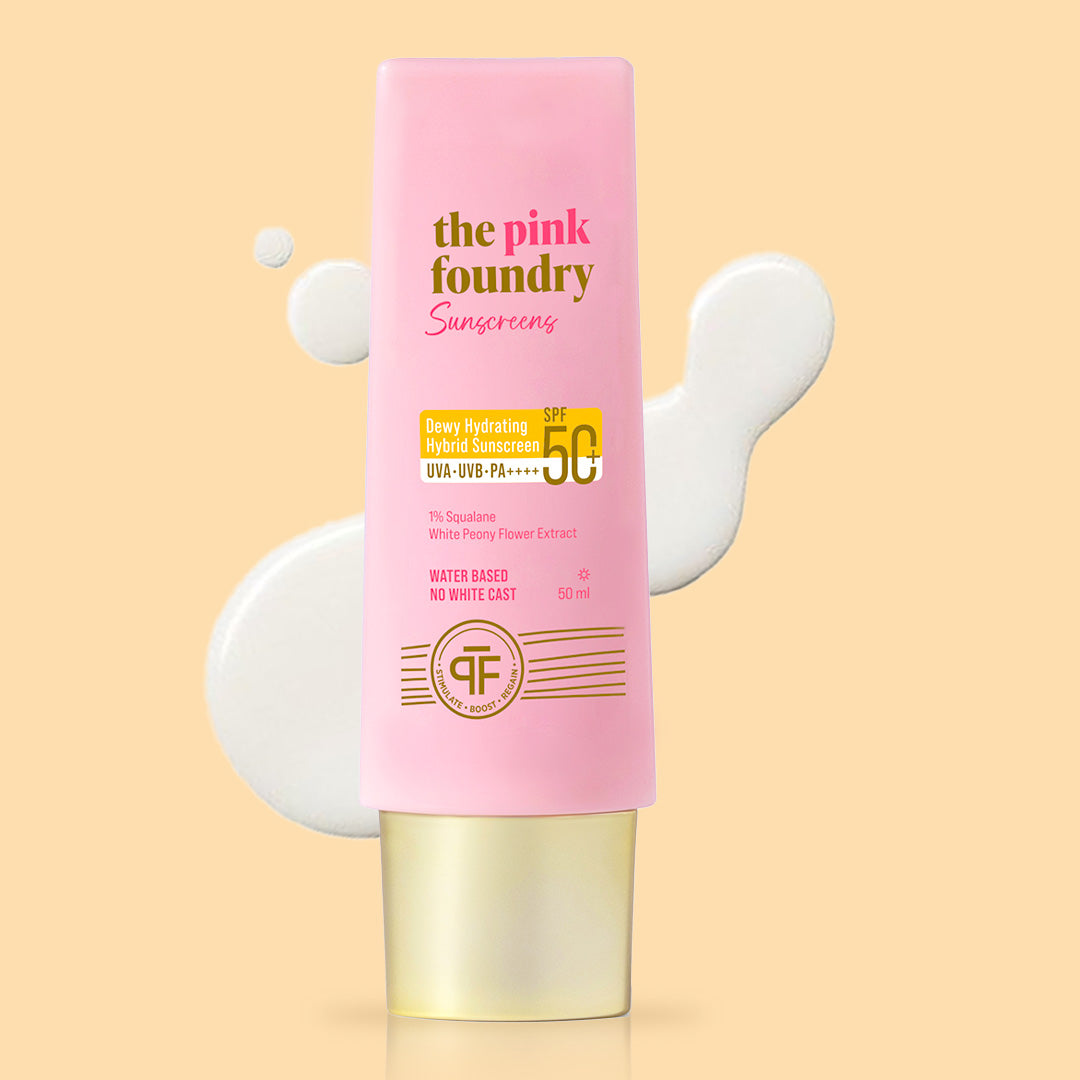
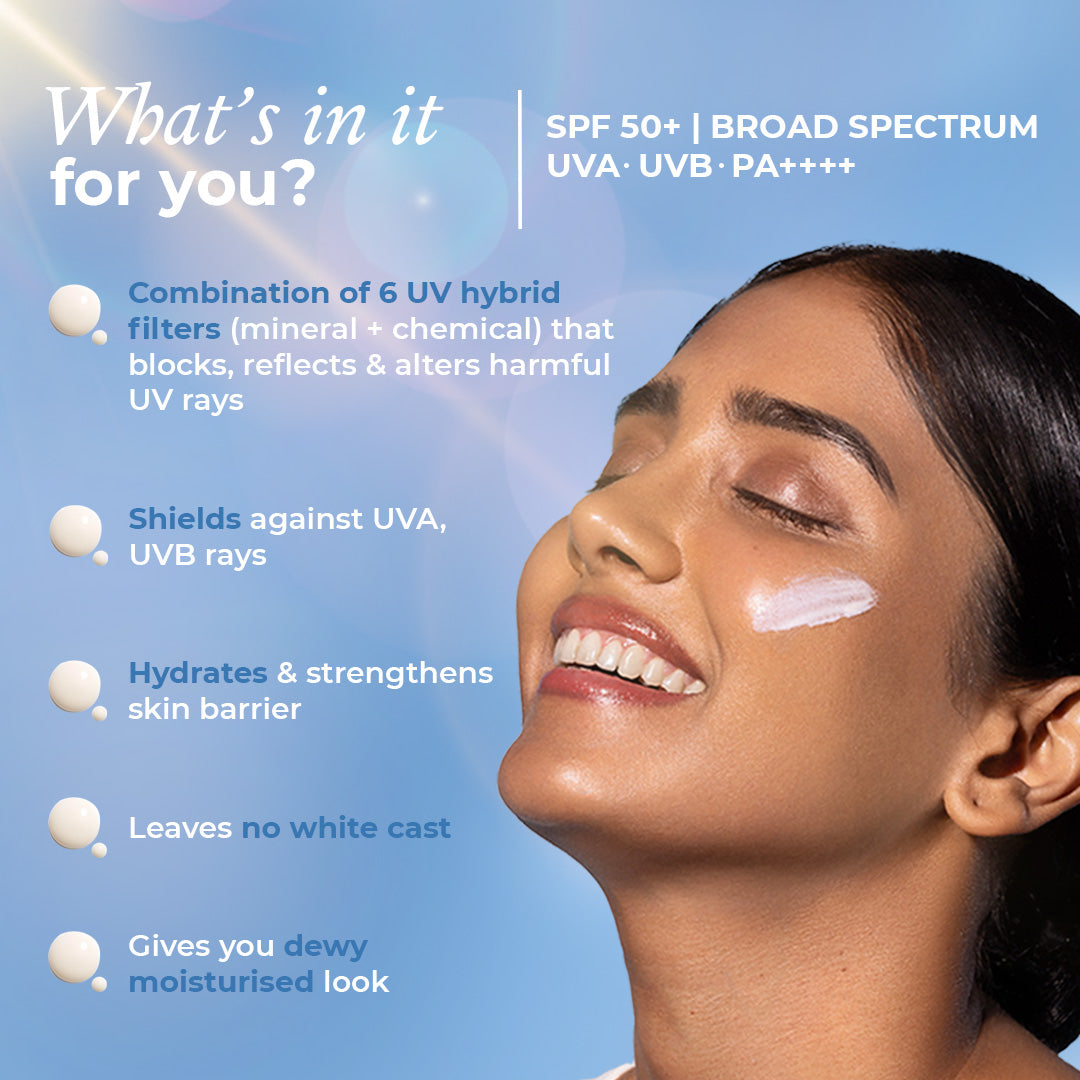
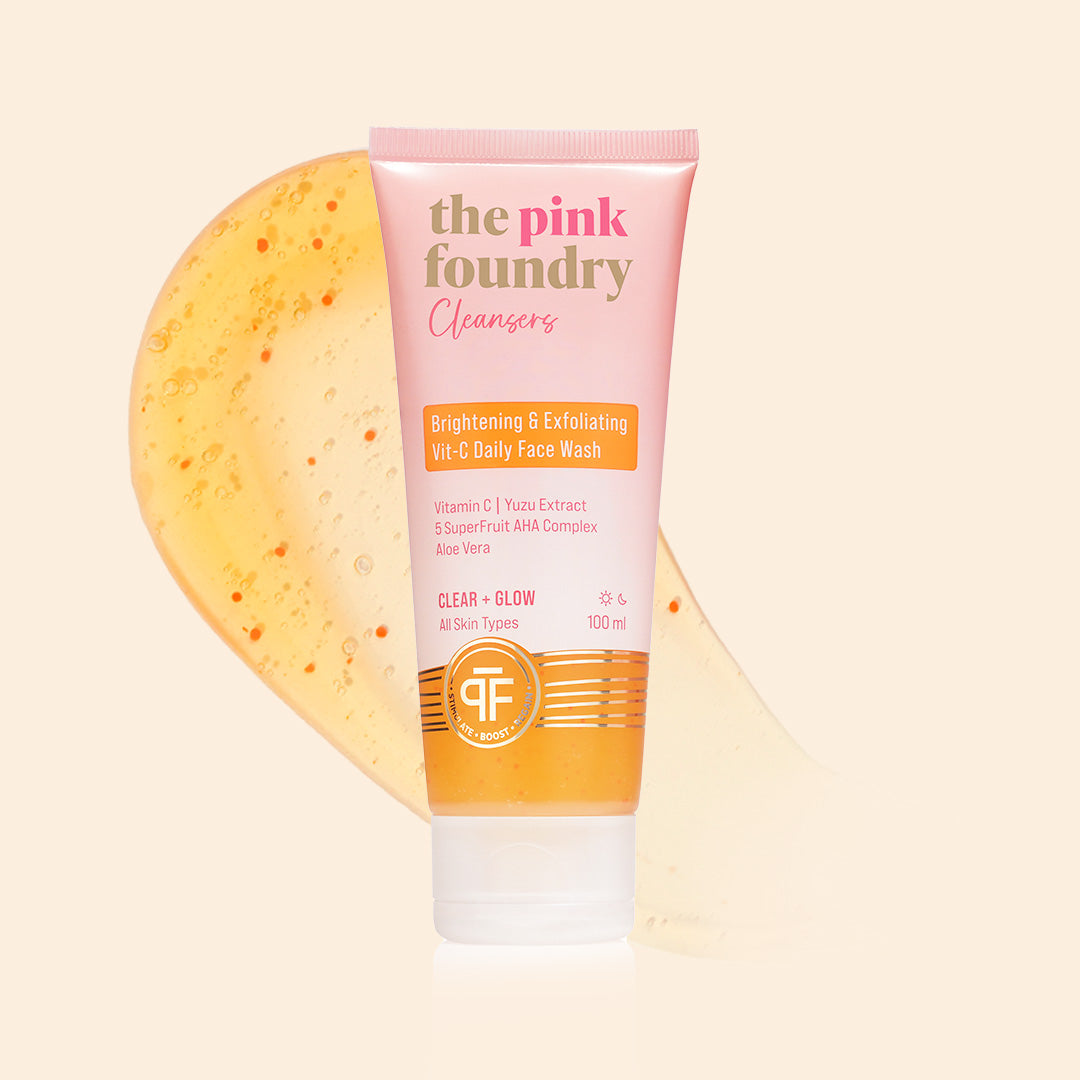
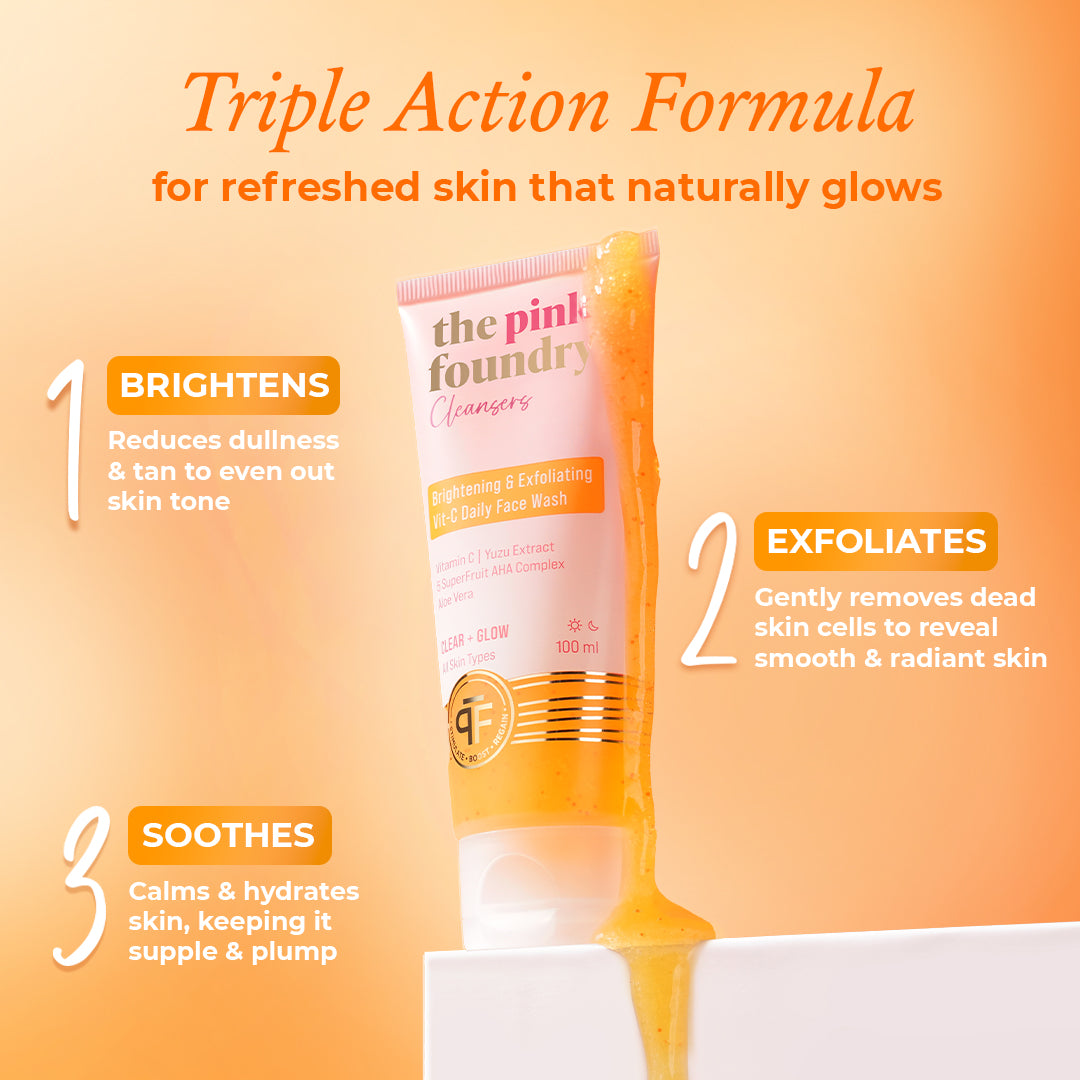
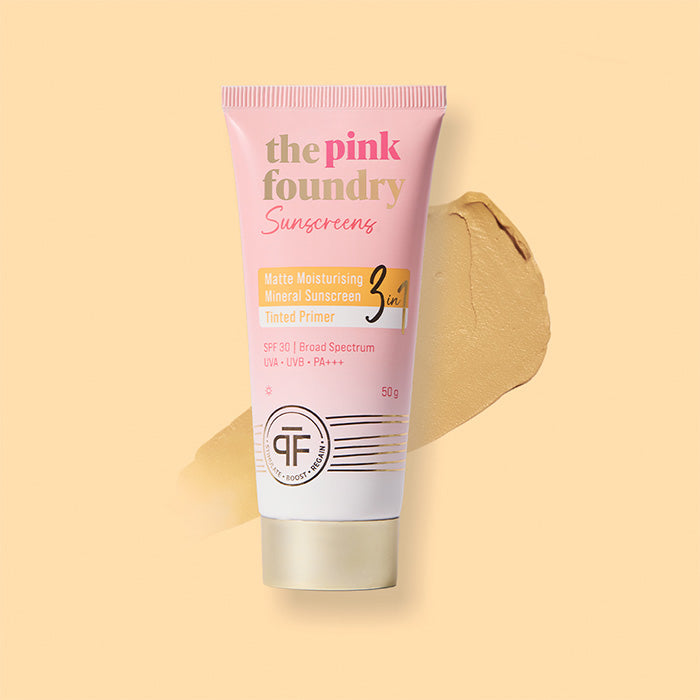
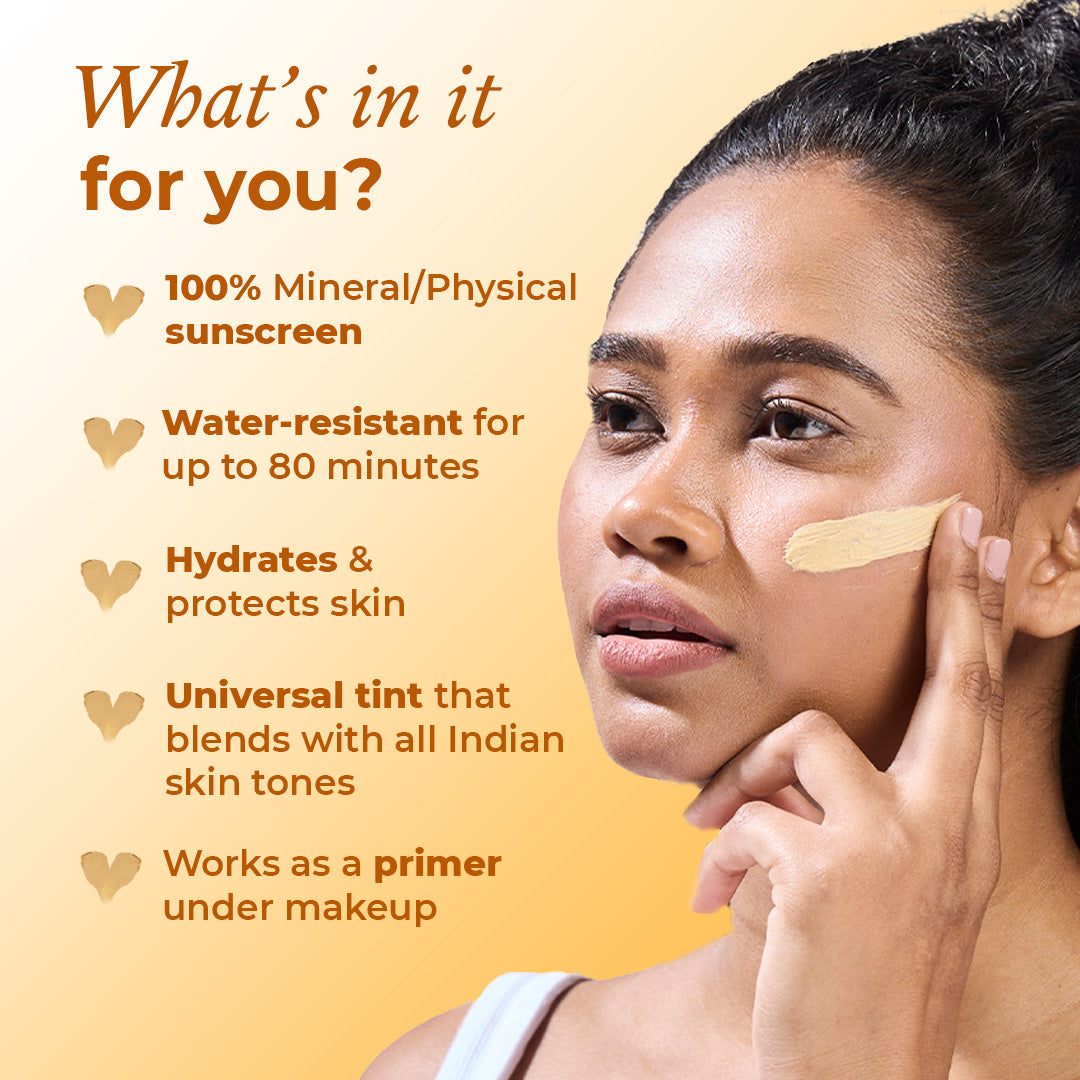
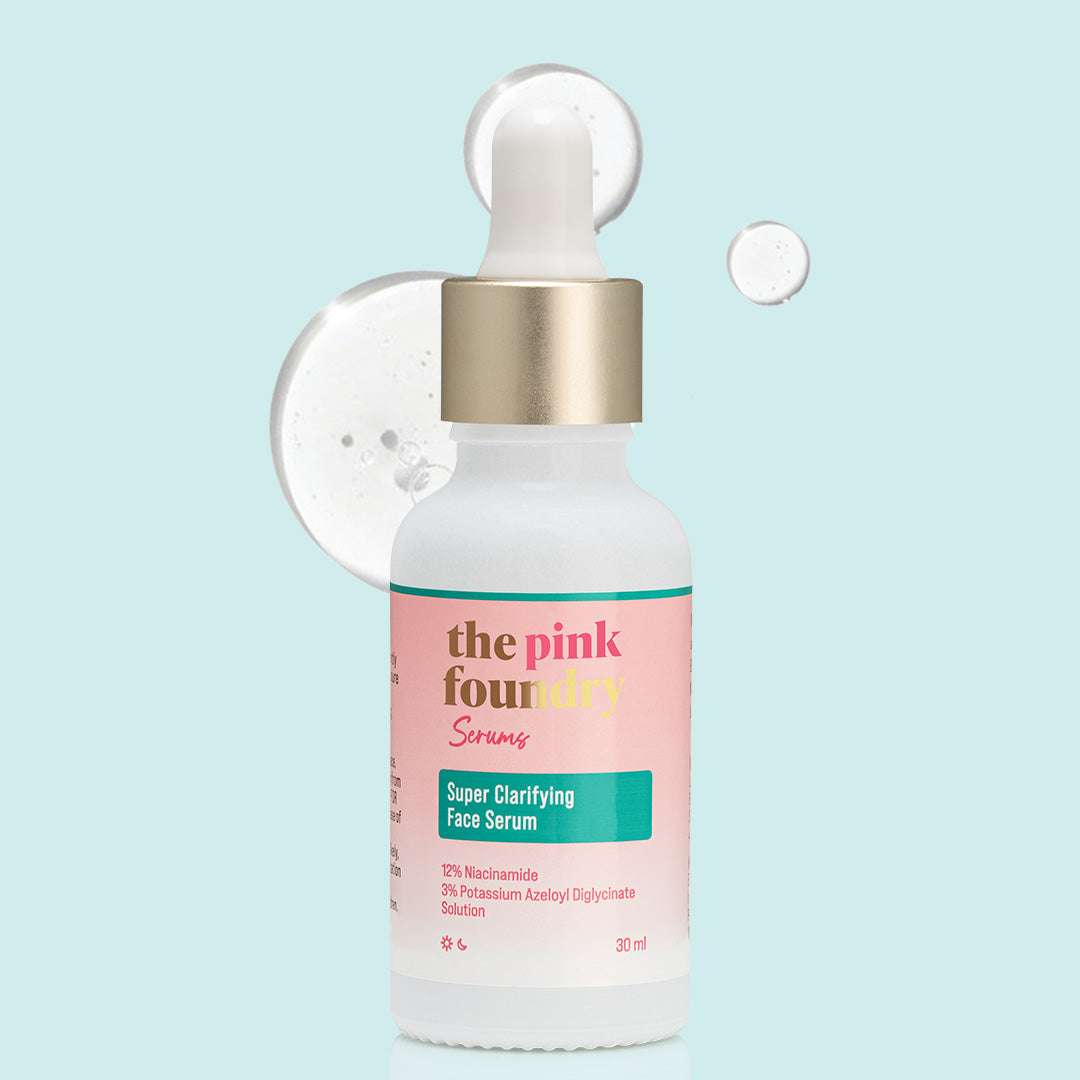
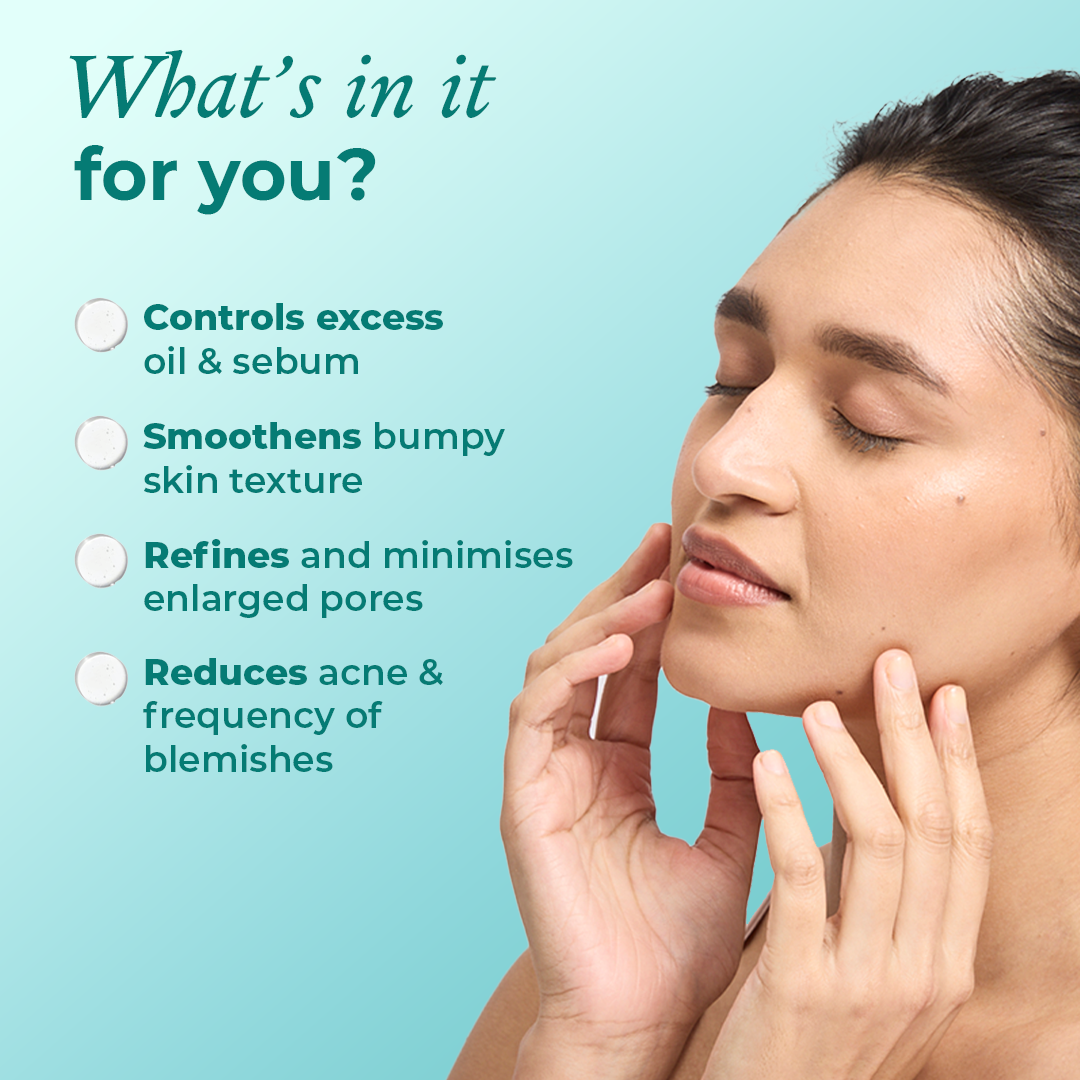

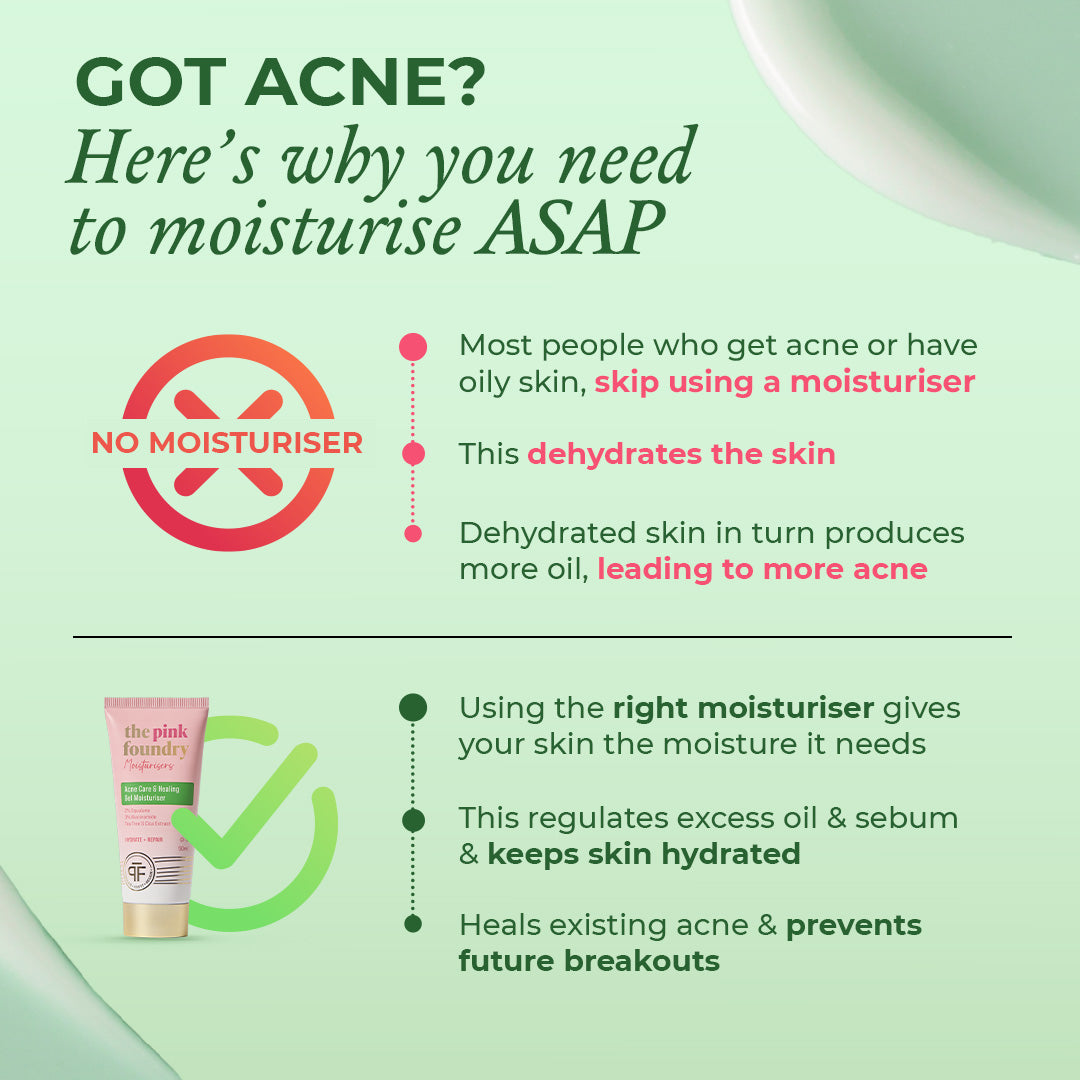
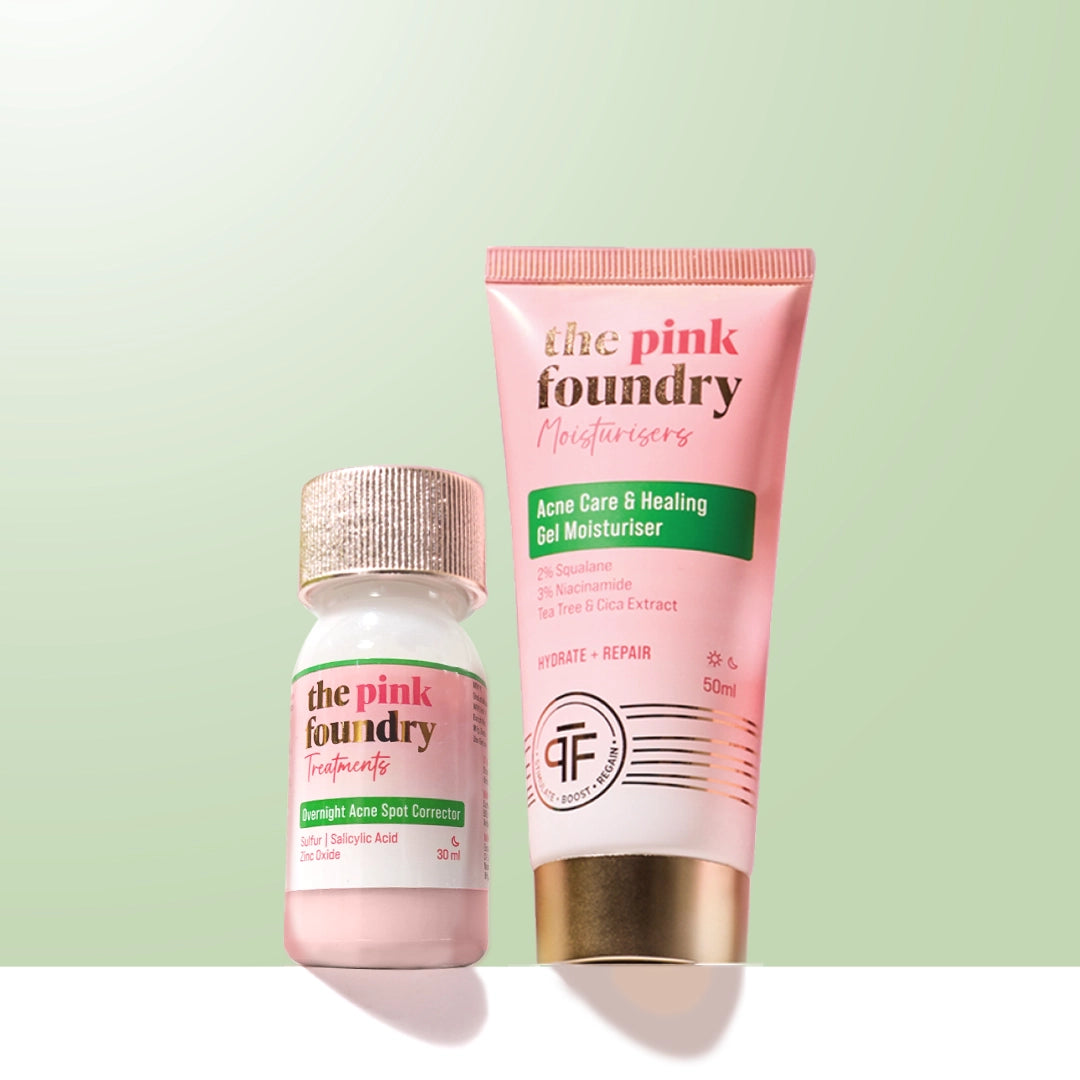
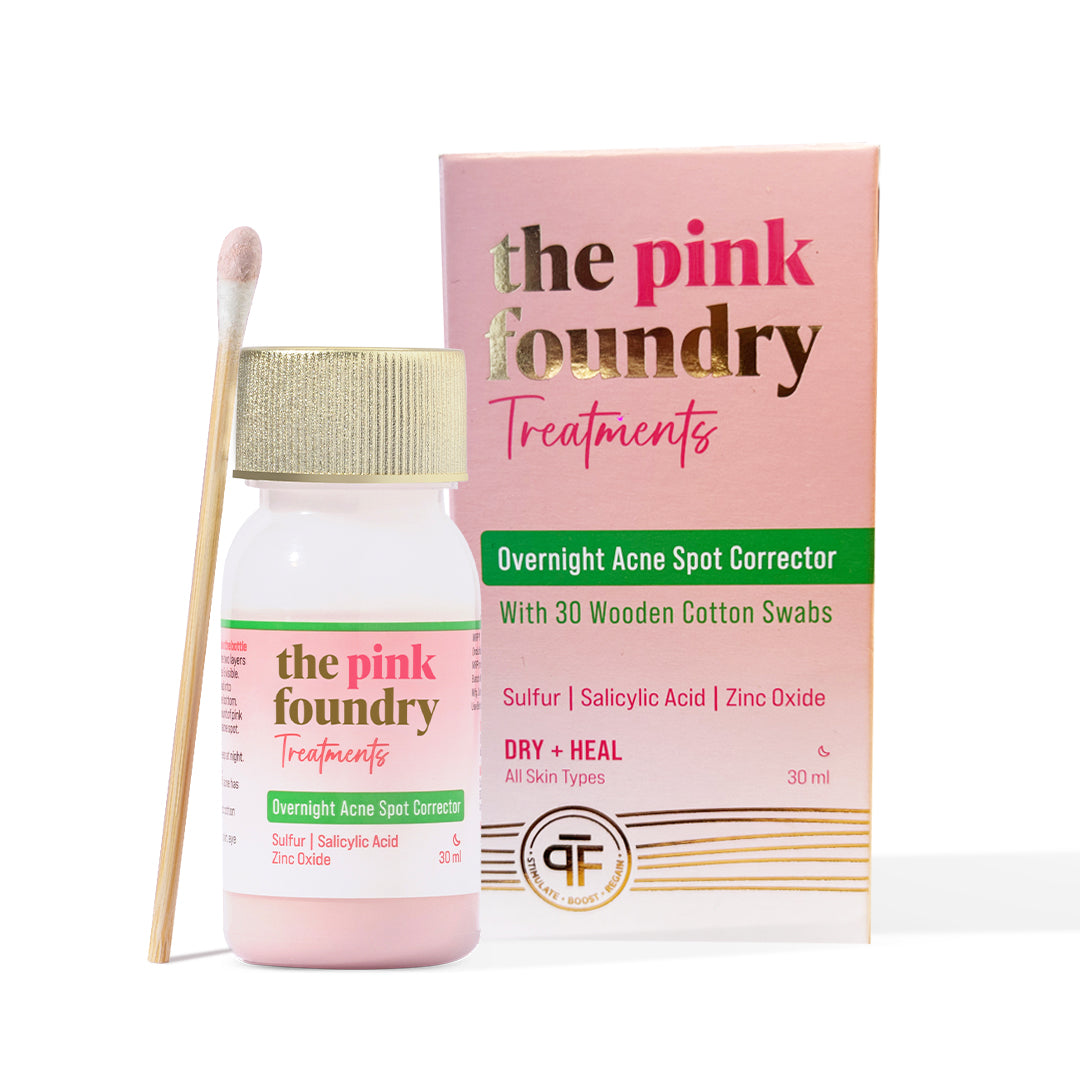
Leave a comment
This site is protected by hCaptcha and the hCaptcha Privacy Policy and Terms of Service apply.